Plan your next adventure
Tailor your own route along Tenerife’s trails quickly and easily..
Go to planner
The Corona Forestal is the largest protected natural area in the Canary Islands, one of the most extensive forests on the islands, the lungs of Tenerife and the gateway to Mount Teide.
As its name indicates, it forms a crown (“corona”) that encircles the whole of the island below the Teide National Park.
Recommended time to visit: All year round.
The park runs along the three island ridges, and features fascinating geological phenomena that help us to understand the different phases of Tenerife’s formation over millions of years.
The most ancient bedrock, on which the island is built, is found on the slopes of Güímar.
In the Orotava Valley you can see Los Órganos, a dramatic rock formation that dates from a phase that came soon after. The rock that forms the foundation of the La Esperanza ridge also dates from the same period.
You can see the lava ejected during the following period in the area around Boca de Tauce. It was at the end of this stage that the valleys of La Orotava and Güímar were formed.
In the next phase, multiple lava flows covered both valleys and the La Esperanza ridge, giving it its current shape. The Abeque ridge and the pumice deposits (huge accumulations of volcanic ejecta) that you can see in Fasnia, on the edge of the park, also appeared at this time.
The final stage gave rise to the cirque of Las Cañadas, the current shape of the Teide-Pico Viejo volcanic edifice and the lava flows that run through the upper reaches of Chío and Santiago del Teide.
In addition to all this history that has been carved into the landscape, within the natural park you can also visit the remains of the historic eruptions of Siete Fuentes, Fasnia and Arafo, which took place between 1704 and 1705.
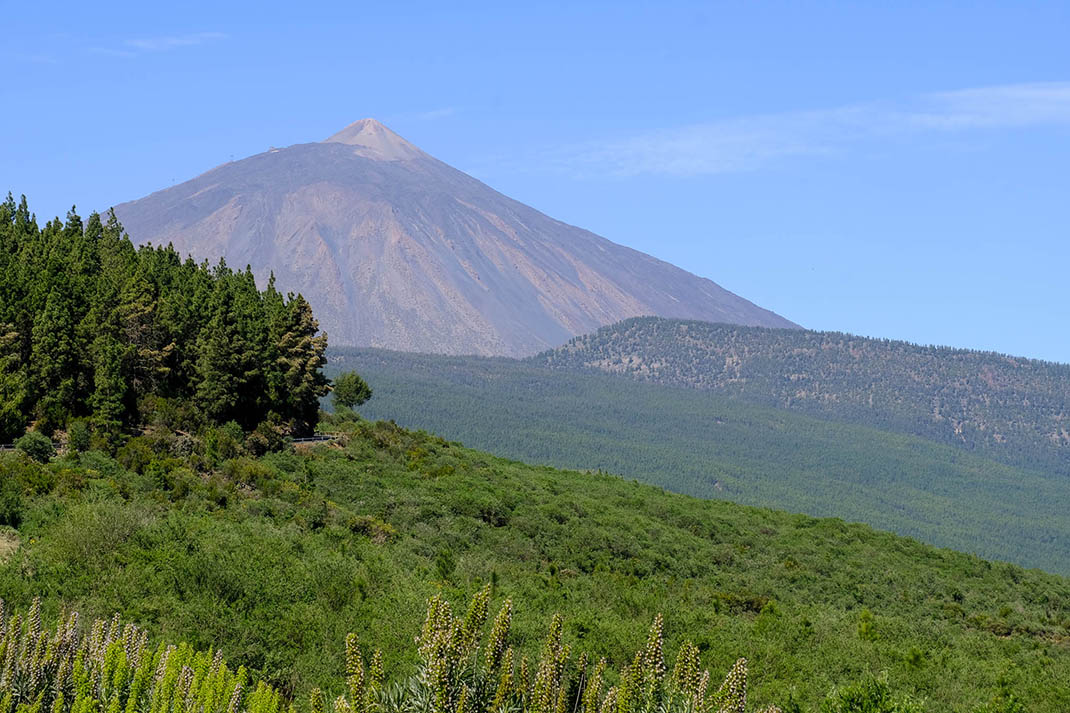
Since it encompasses a variety of ecosystems and covers such an extensive and mountainous terrain, the Corona Forestal is home to a great biodiversity, with many endemic species.
It features a huge expanse of woodland, mainly pine forest, both natural and reforested, although there are also patches of fayal-brezal (Morella-Erica heath), high mountain scrubland and even some areas of laurel forest.
The Canary Island pine tree is the dominant plant species, a symbol of adaptation to these volcanic lands, capable of surviving forest fires and resprouting thanks to its thick bark, which protects the wood from abrasion and heat.
However, other plants grow in this forest, such as codeso (Adenocarpusfoliolosus), tagasaste (Cytisusproliferus) and jara (Cistus symphytifolius), as well as sabina (Juniperus turbinatassp. canariensis), Mount Atlas mastic tree or almácigo (Pistacia atlantica) and acebuche (Olea cerasiformis) in some areas. There are also extremely rare species that have their last remaining refuge in the park, such as cabezón de Añavingo (Cheirolophusmetlesicsii), pico paloma or lotus vine (Lotus berthelotii) or jarilla de Agache (Helianthemum teneriffae).
Invertebrates are found in abundance, with a high proportion of species endemic to the island and the Canary Islands, as is the case in the island’s other ecosystems. These include species such as the Tenerife grayling (Hipparchiawyssii), a butterfly native to the island that is found in pine forests, and the Chío millipede (Dolichoiuluschioensis), a species found only in a cave in the park.
You will also be able to spot three of the island’s four native reptile species: Tenerife skink, Tenerife gecko and the two subspecies of the Tenerife lizard.
The six species of bats, the only mammals native to the island, flit through the night sky and often take refuge in the park’s caves and volcanic tubes during the day.
There are 37 species of birds that nest in the park, making them the most abundant vertebrates here. Of these, five are endemic to the Canary Islands: Tenerife blue chaffinch, Bolle’s pigeon, laurel pigeon, Canary Island chiffchaff, and Tenerife goldcrest.
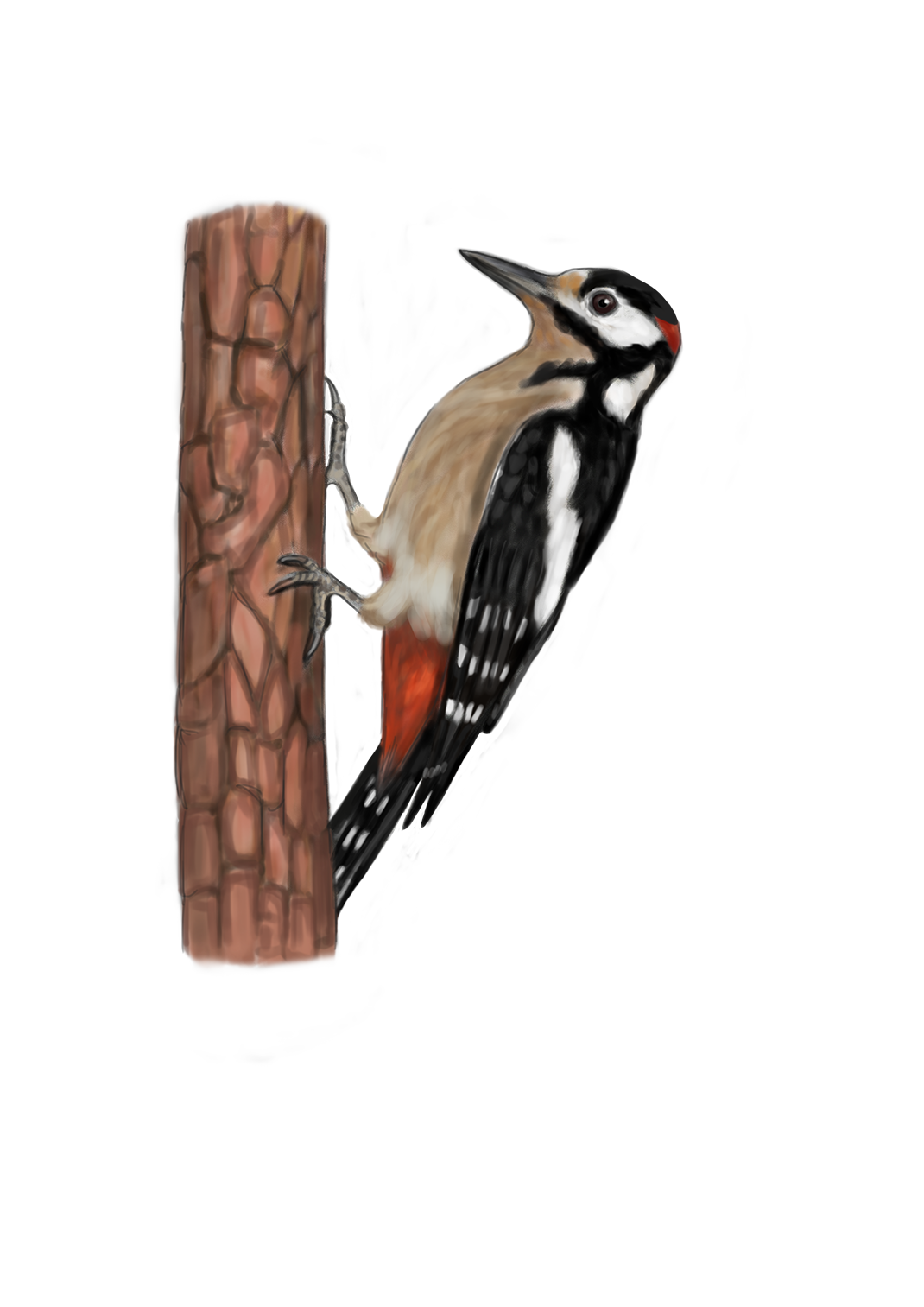
46,612.9 ha (22.9% of the island).
Canary Island pine, codeso (Adenocarpusfoliolosus), poleo (Bystropogonoriganifolius), tagasaste (Cytisusproliferus), jara (Cistus symphytifolius), sabina (Juniperus turbinatassp. canariensis), Mount Atlas mastic tree or almácigo (Pistacia atlantica), acebuche (Olea cerasiformis), faya (Morella faya), tree heath (Erica arborea), pastel de risco (Aeonium canariense), cerraja de risco (Sonchus gummifer), escarabajocanutoazul (Temnoscheilacoeruleapini), Tenerife grayling (Hipparchiawyssii), blue chaffinch, Canary Island chiffchaff, laurel pigeon, Bolle’s pigeon, goldcrest, great spotted woodpecker, woodcock, sparrowhawk.
High-mountain scrubland, pine forest, monteverde, thermophilic forest, rock-dwelling communities, succession scrub.
Aguamansa, Los Órganos, La Caldera, Tigaiga, Abeque, Taucho, Madre del Agua, Las Vegas, Lunar Landscape, Barranco de El Río, Tamadaya, Fasnia and Siete Fuentes volcanoes, Barranco de Tegüigo, Barranco del Agua, Arafo volcano caldera.
To consult permits for use and updated regulations for this Protected Natural Area, visit the official website of the Government of the Canary Islands.
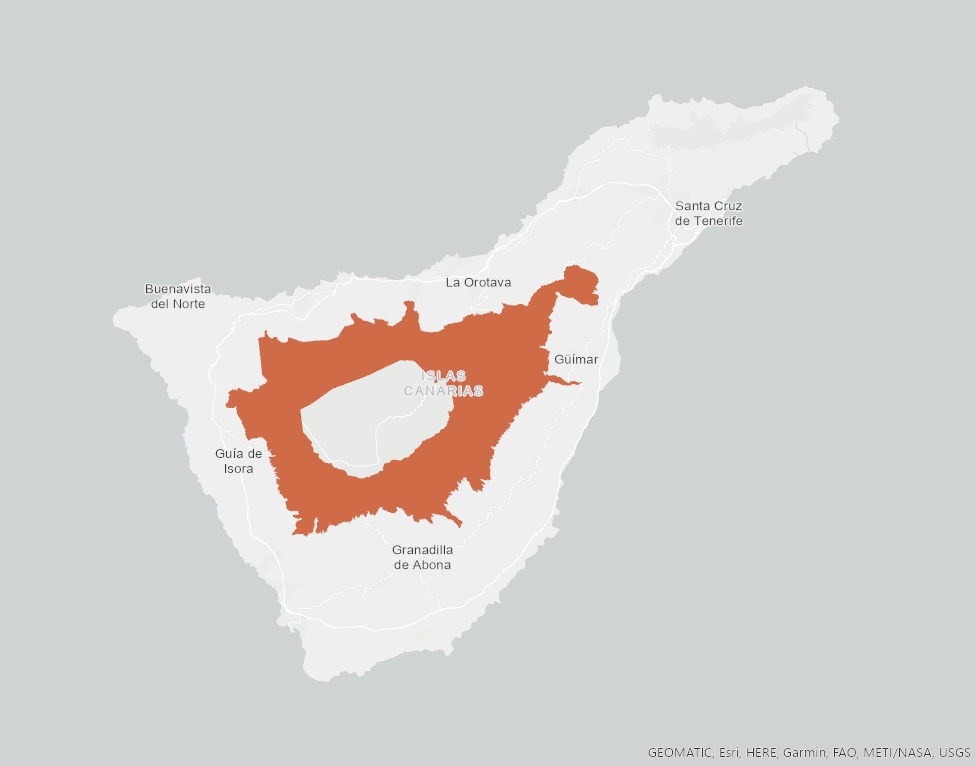
These are some of the points of interest you can find along this route.
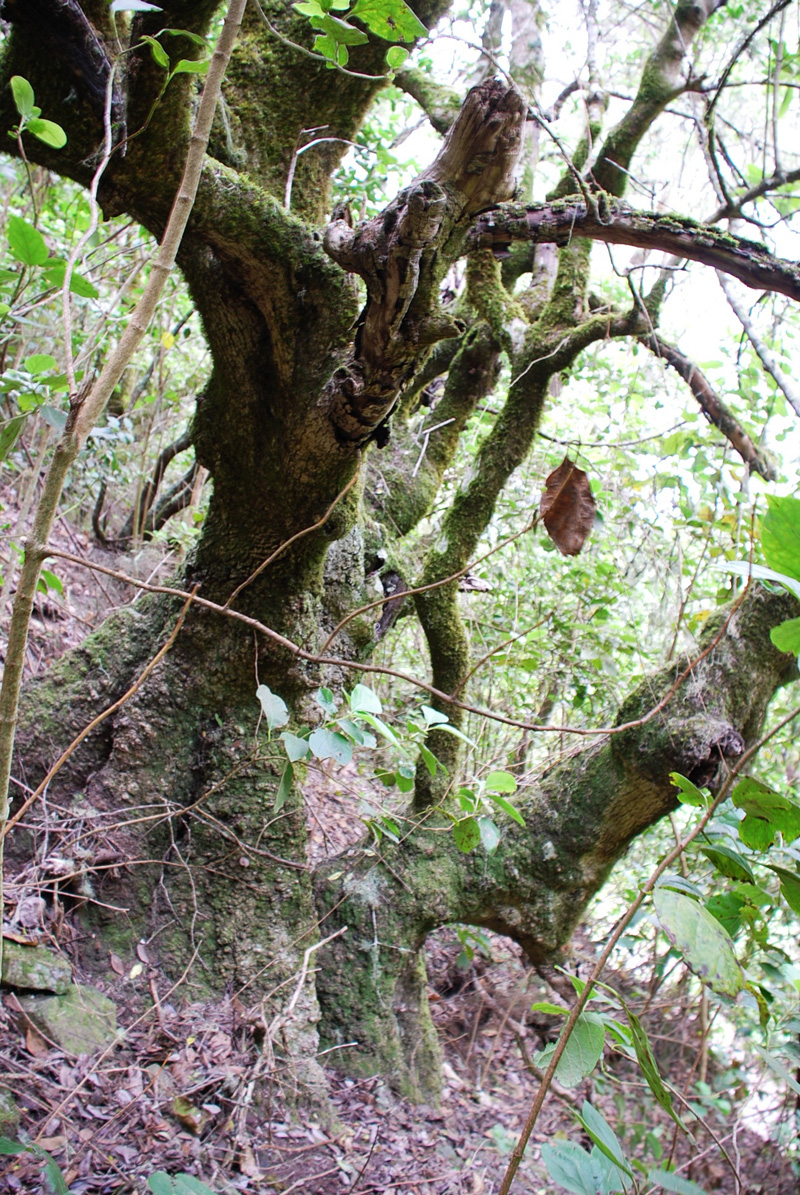
• Acebiños (Ilex canariensis) near los Órganos
Several large specimens in an area dotted with old faya (Morella faya) and tree heath...

Pino Lomo del Jaral
Located about 100 metres above the PR 35.2 trail (Ruta del Agua), this pine tree forks into two...
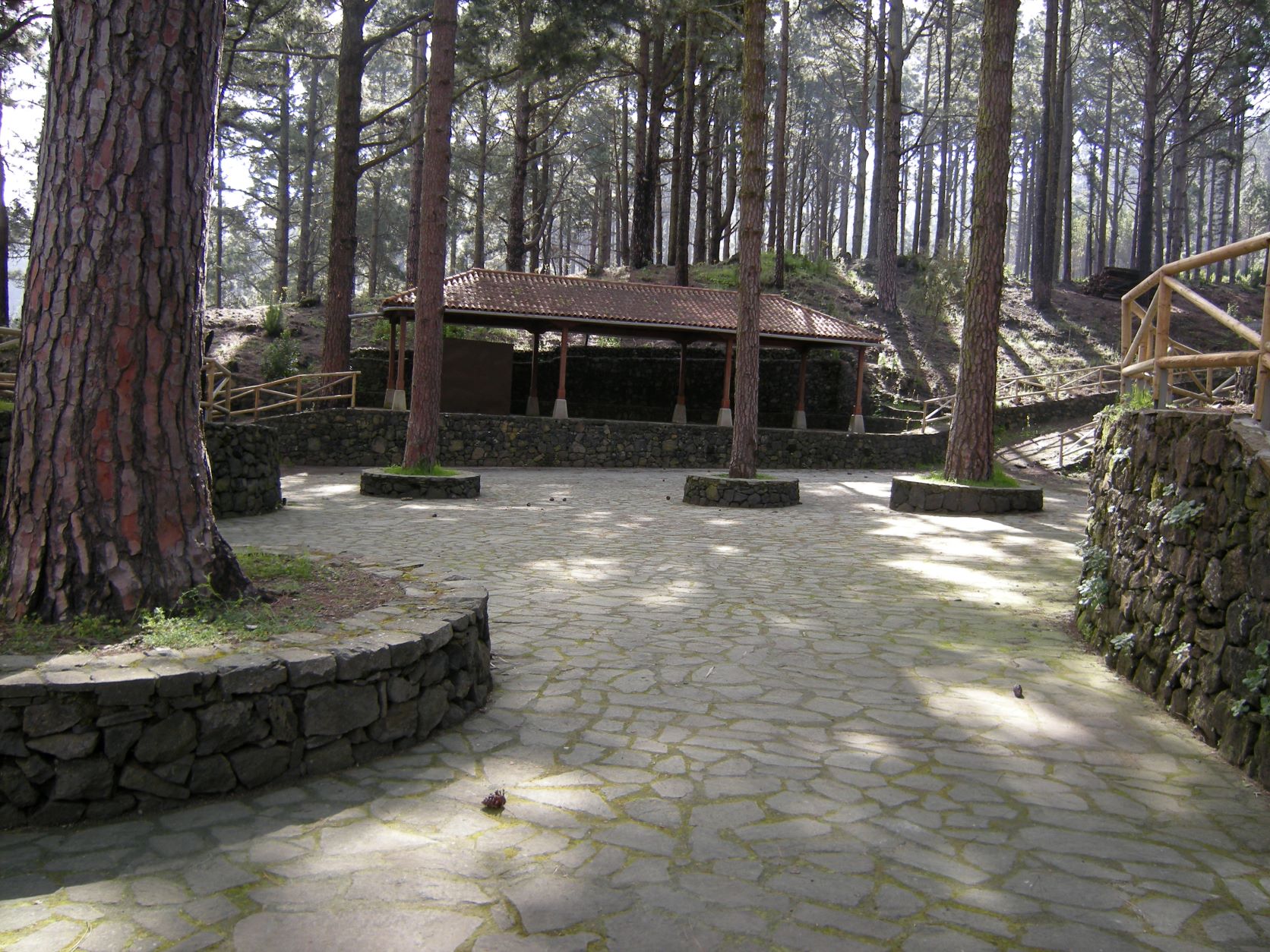
Chapel of St. Francis of Assisi
Small sanctuary built in the 20th century by State Forestry Workers with the help of the...
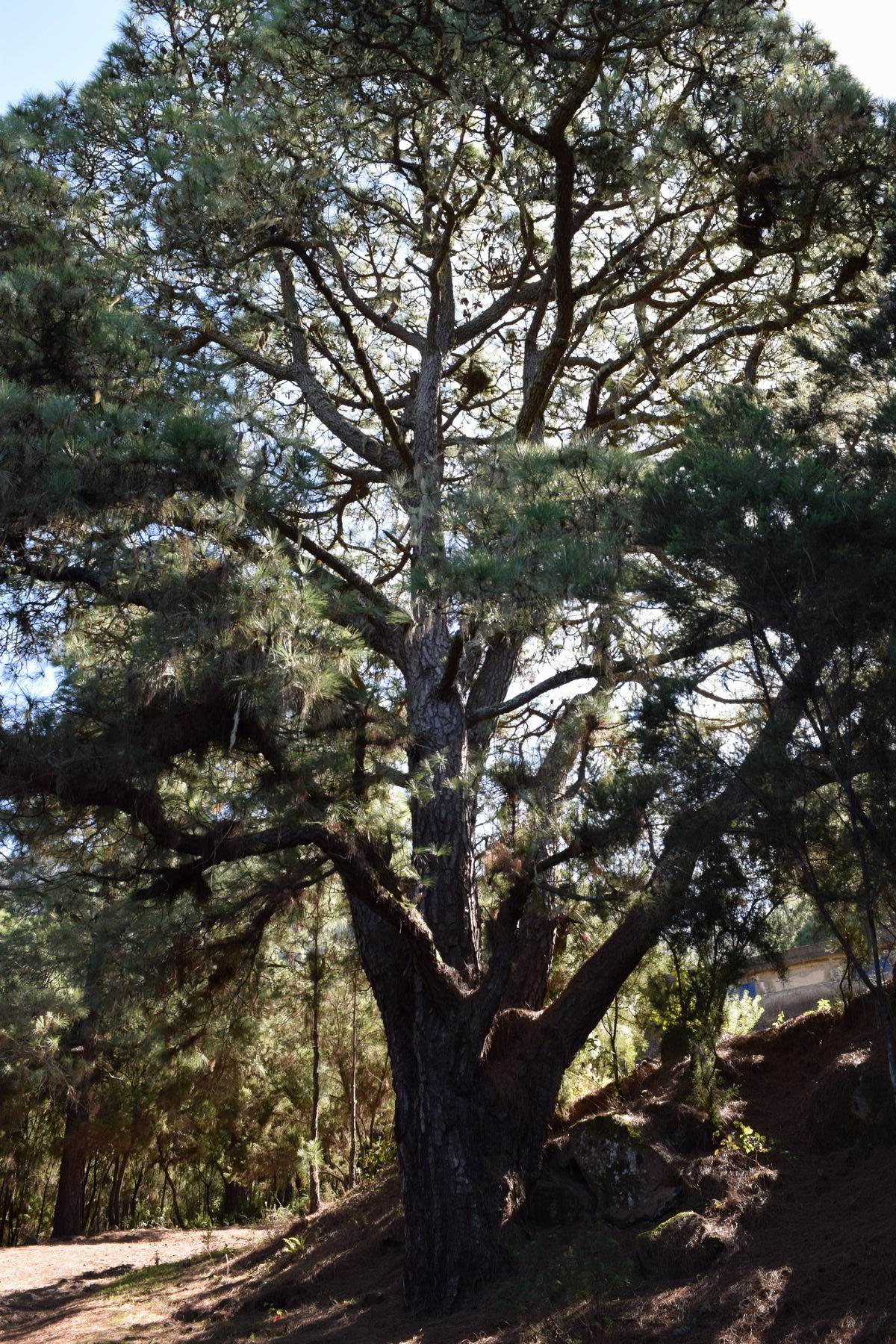
Pino del Sendero
Some branches of this pine tree nearly reach the hillside due to its enormous size. Three limbs...
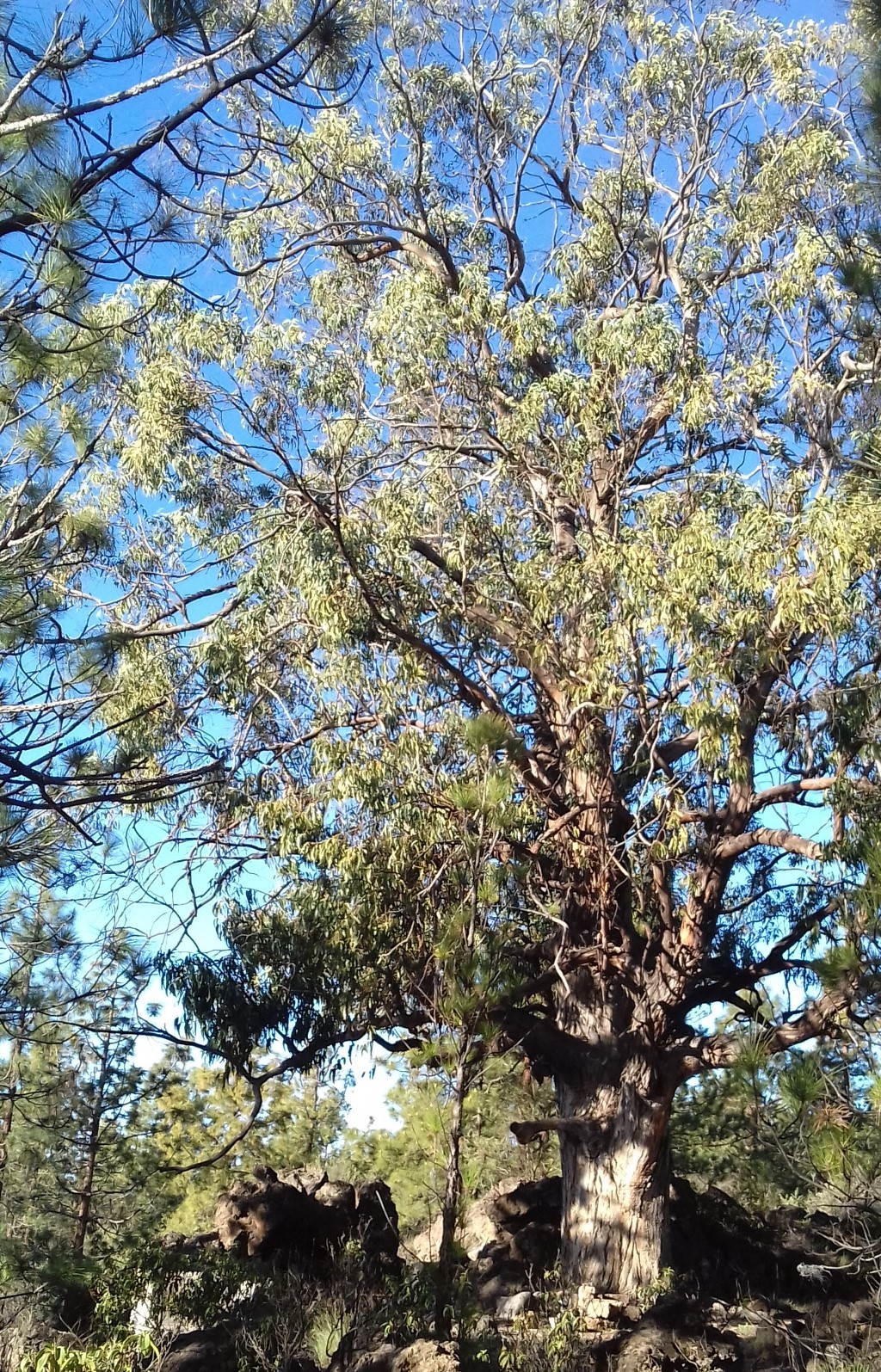
Eucalyptus El Convento / El Conventito
The only eucalyptus tree in the area and one of the largest in the district.
...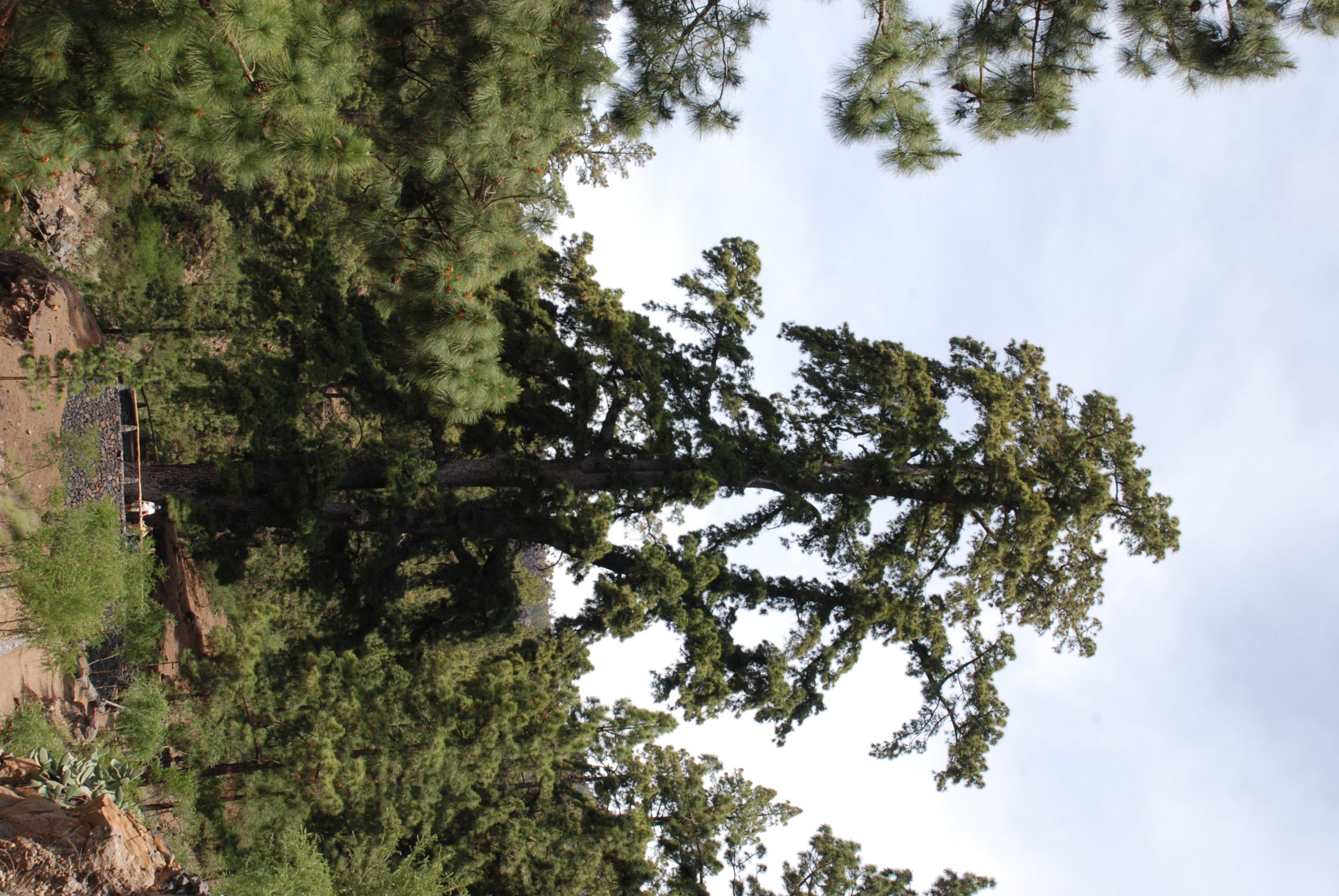
Pino Gordo
The trunk of this pine tree forks at a height of 130 cm and has been used for signs indicating...
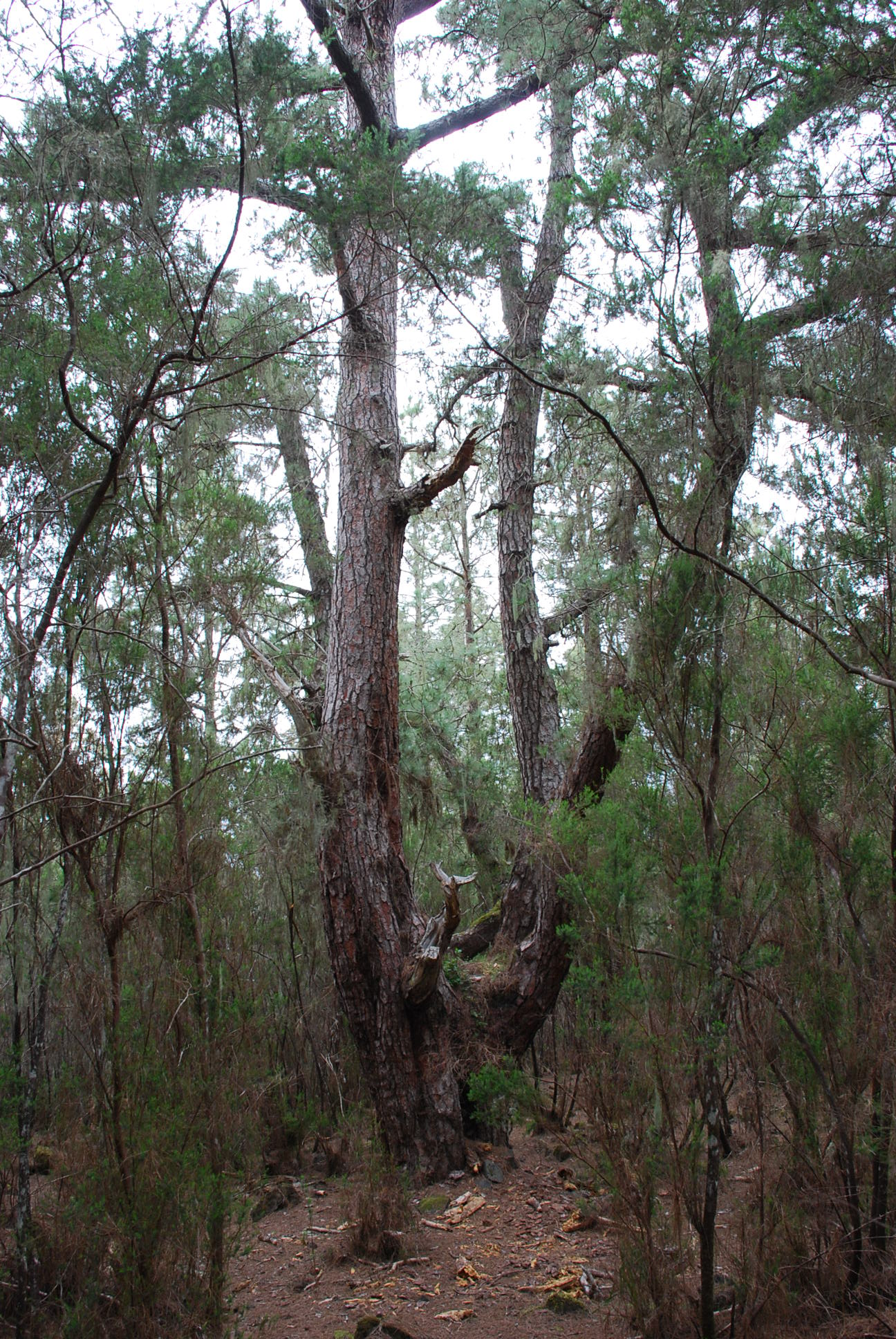
Pino Camino de las Piedras
Pine tree located on the edge of a ravine, above the Aguamansa forest house.
...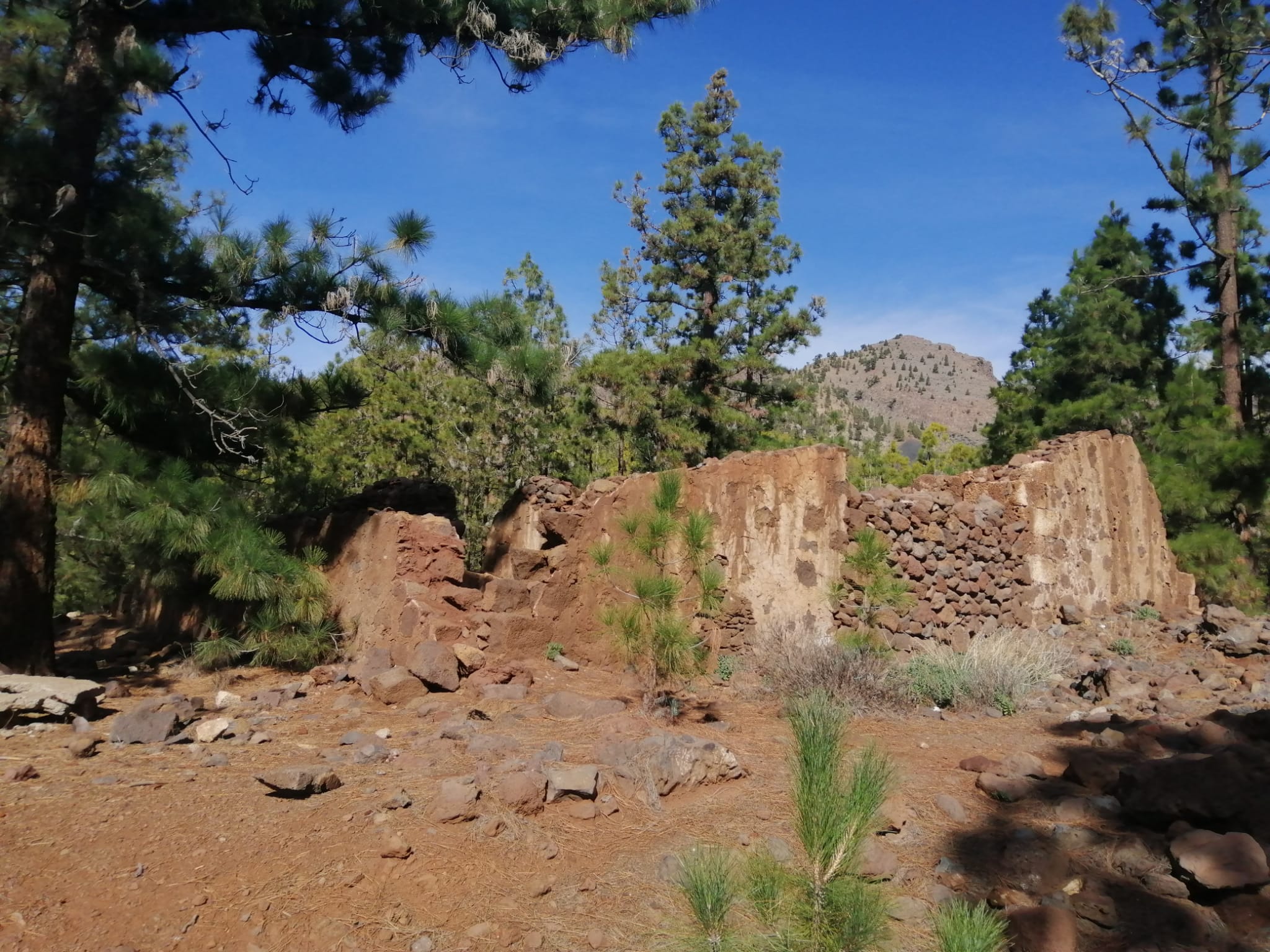
Casas Marrubial
Ruins of a stone building where the local livestock farmers used to live.
...Tailor your own route along Tenerife’s trails quickly and easily..
Go to planner